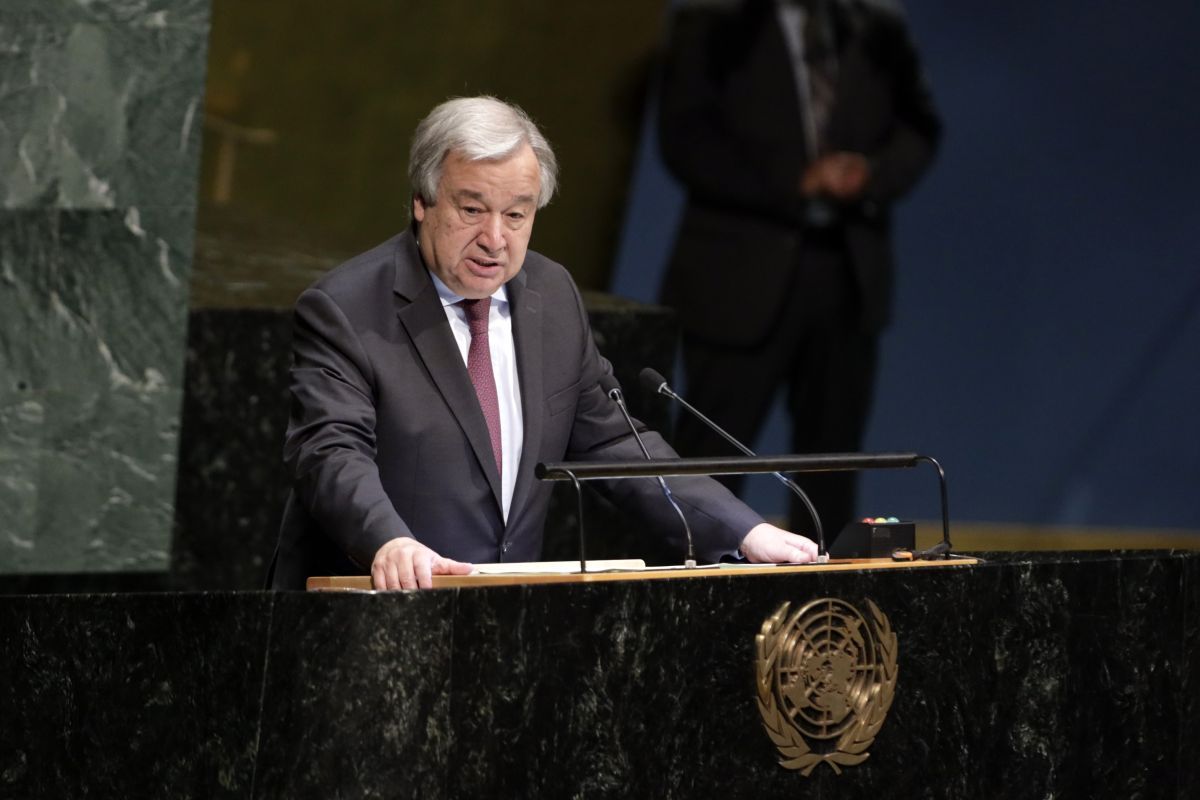As the standoff between India and China at the Line of Actual Control (LAC) in eastern Ladakh continues, UN Secretary-General Antonio Guterres has said that he is monitoring the rising border tensions and urged both countries not to do anything to heighten it.
“We are obviously looking at the situation and we would urge all the parties involved to avoid any action that would make the situation more tense,” Guterres’ spokesperson Stephane Dujarric said on Wednesday.
Advertisement
On being asked about US President Donald Trump’s offer to “mediate or arbitrate” the dispute between the two Asian giants, he said: “That would be for the parties involved to decide who they would want to mediate. This is not for us to opine.”
US President Donald Trump on Wednesday made a surprise offer to mediate between India and China over what he calls “their now raging border dispute”.
“We have informed both India and China that the United States is ready, willing and able to mediate or arbitrate their now raging border dispute. Thank you!,” President Trump tweeted on Wednesday.
Several areas along the LAC in Ladakh and North Sikkim have witnessed major military build-up by both the Indian and Chinese armies recently, in a clear signal of escalating tension and hardening of respective positions by the two sides even two weeks after they were engaged in two separate face-offs.
The nearly 3,500-km-long LAC is the de-facto border between the two countries.
Indian and Chinese troops have remained engaged in an eyeball-to-eyeball situation in several areas along the LAC in eastern Ladakh, signalling that the standoff could become the biggest military face-off after the Doklam crisis in 2017.
China has recently accused India of unilaterally attempting to change the status of the un-demarcated border in Ladakh after troops of the two countries were involved in scuffles at Ladakh and Sikkim in which more than ten of them were injured.
On the other hand, Indian armed forces have accused Chinese army of blocking patrols and unnecessarily erecting tents and deploying forces at Sikkim and Ladakh inside Indian territory on the LAC between the two countries.
In the first week of May, 250 Indian and Chinese soldiers clashed with iron rods, sticks, and even resorted to stone-pelting in the Pangong Tso lake area.
In the second week of May, around 150 soldiers of both sides had a face-off near Naku La Pass in Sikkim.
In both the incidents, soldiers sustained injuries.
Earlier, the two counties were in news in June 2017 when India opposed China’s road building at Doklam Plateau that made the entire Sikkim and the “Chicken Neck” near Siliguri (connecting the North-east with the mainland) easily accessible to the Chinese army.
India moved its elite strike corps near Sikkim border to counter the Chinese army’s war drills in Tibet. The dispute ended after 73 days when Chinese People’s Liberation Army and Indian Army withdrew their troops from the disputed site.











